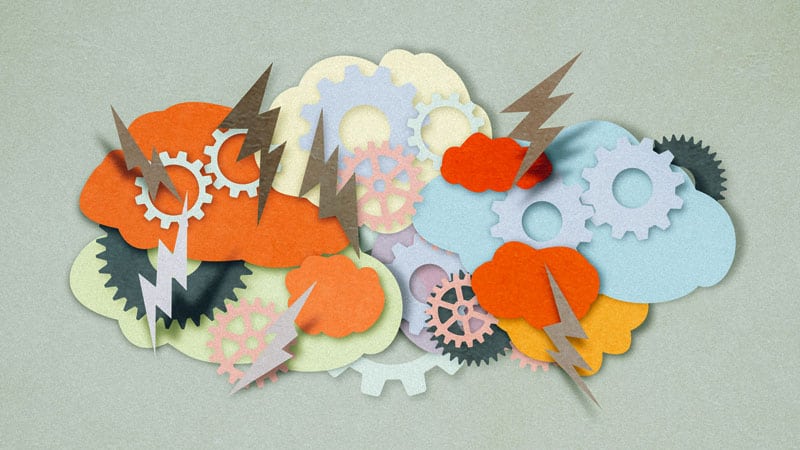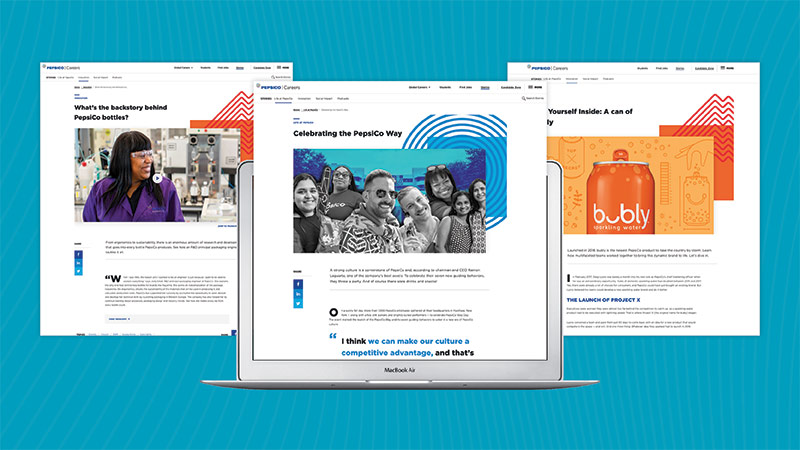Twenty years ago, we never thought we’d see this from some of our favorite brands and products:
- Samsung: refrigerator selfies
- Nike: sneakers in space
- McDonald’s: job application via Snapchat
- Dolce & Gabbana: branded pasta
Thinking beyond traditional industry limitations will be necessary for brands to compete in the coming years. To stay ahead of the curve, brands must think about their business in terms of the future and what the consumers of tomorrow will expect.
- Experiences Over Products. The breakdown in the digital divide has led to a culture primed for community and human connection. The growing inclination toward making memories is signaling a major cultural shift from a preference for product to one for experience. Luxury brands can no longer embody the cold products they once represented. They must become human and create a welcoming environment for the new consumer.Creating new incentives through experiences will be key to meeting customers’ new expectations. Find customers both en route and out of context. This will be essential for brands moving forward. Hospitality brands, for example, will need to become lifestyle brands and encompass the entirety of the guest/brand journey.
- Example: With In Goop Health, luxury lifestyle and wellness brand Goop took the online digital experience and created a coveted and welcoming activation for their audience to interact with them directly and in person.
- Example: West Elm Hotels expanded traditional notions and the process of buying furniture by giving customers a vehicle to experience living in a West Elm world. By doing so they broadened the points of interaction with their clients as well as the purpose.
- Example: AWAY offers customers a print magazine and podcast that keeps the brand in the world of travel beyond the purchase of a piece of luggage.
- Psychographics, Not Just Demographics. Cultural cues and consumption behaviors go beyond traditional notions of age groups and gender. Understanding people in a cultural context allows brands to communicate with customers in meaningful ways. Scale the power of one by using personalized and emotional metadata to speak to a larger audience. Use the information your customers are actively giving you to craft the stories that will best reach them. Talk to people specifically, not just their demographic, by using personalized content to fuel the brand/consumer connection.Reject the notion of an anonymous consumer; embrace the human and think of consumers as real people.
- Example: In what is essentially an ad for analytics, Spotify leveraged consumer data in a way only a few brands could imagine. Their psychographic campaign spoke to Spotify’s ability to understand individual customers while also pinpointing the messages that contextually relate to the masses.
- Creativity Hacking Storyteller in Chief and Fungineer are real things. Making someone say “Wow” and embedding ideas into storytelling have become official roles in the new brand/consumer dynamic. When almost every second is spoken for, brands must actively grab consumer attention. Create new communication channels in spaces that make sense to your brand.No one wants to see another banner ad. Attention spans are getting shorter and shorter, which means brands need to be more and more clever. Take advantage of the communication streams already happening and make it easy for your customers to engage. Show off your brand personality by preempting viral content and what the internet might do.
- Example: To promote the new season of its show, Narcos, Netflix placed ads on the tops of urinals across America, harkening back to the ’90s drug culture the show is rooted in.
- Example: Qantas took over an institutional form of communication with the Out Of Office message and gave it back to the consumer in the form of fun, personalized and branded messaging.
- Example: Ikea took advantage of an opportune moment in fashion by reacting to Balenciaga’s Shopper Tote with a cheeky response ad.
- Example: KFC is known for their 11 herbs & spices. The brand quietly followed the five Spice Girls and six men named Herb on Twitter and then waited to see if anyone noticed. When someone did, the internet went bananas.
- Influence Creatively. Like it or not, marketing is quickly becoming about influencers and human aspiration. Not limited to even real people (think the rapid rise of @lilmiquela) influencers are becoming bona fide personalities and consumers are actively trying to buy their lifestyles.The human element of connection is what’s fueling consumption. Social media has enabled everyone to become a publisher, and personalization lies in the hands of consumers and everyone who’s in contact with your brand. For the consumers of tomorrow, following trends (often set by influencers) is a way to reach these new aspirational lifestyles.Fun fact: In China, more than 54% of Gen Z lists livestreamer as their dream profession.
- Finding Purpose. Consumption is becoming less and less about the object and more and more about the intent. Consumers are thinking about how they spend money and about what the story is behind that spend. Today’s aspirational living is all about a reason for being and finding purpose. Being able to purchase access to purpose is the biggest luxury today, and brands have to provide this in a genuine way. Reliable consistency in the quality of this experience is key.
- Example: TOMS Shoes employs a one-for-one-model where they match every pair of shoes purchased with one for a child in need. Product lines have expanded from shoes to also include sunglasses, apparel and more.
HOW BRANDS CAN TAKE ADVANTAGE
- Become the next destination: Build unique experiences from store to store (or portal to portal) that grow affinity and drive repeat visitation. What can consumers collect that’s unique to each?
- Build your audience: Develop new channels of communication to reach your target audience and don’t forget about the pre- and post-purchase experience. Communication all too often starts and ends with a transaction. Instead, expand to encompass the entire journey.
- Embed within new cultural habits: Take cues from new methods of communication, like the emoji or the meme, and become a part of the conversation by speaking to consumers the way they speak. Target psychographic groups over demographic groups to connect more deeply with your audience.
- Don’t chase culture, create it: Today’s consumers (and especially Gen Z) want to engage with viral content and live culture in the moment. Preempt it.
Don’t fall into the trap of complacency. The most successful brands are continually thinking “What’s next?” for a reason. By actively becoming a part of future conversation and responding to new consumer motivations, brands can seal their place in the minds of future generations.



